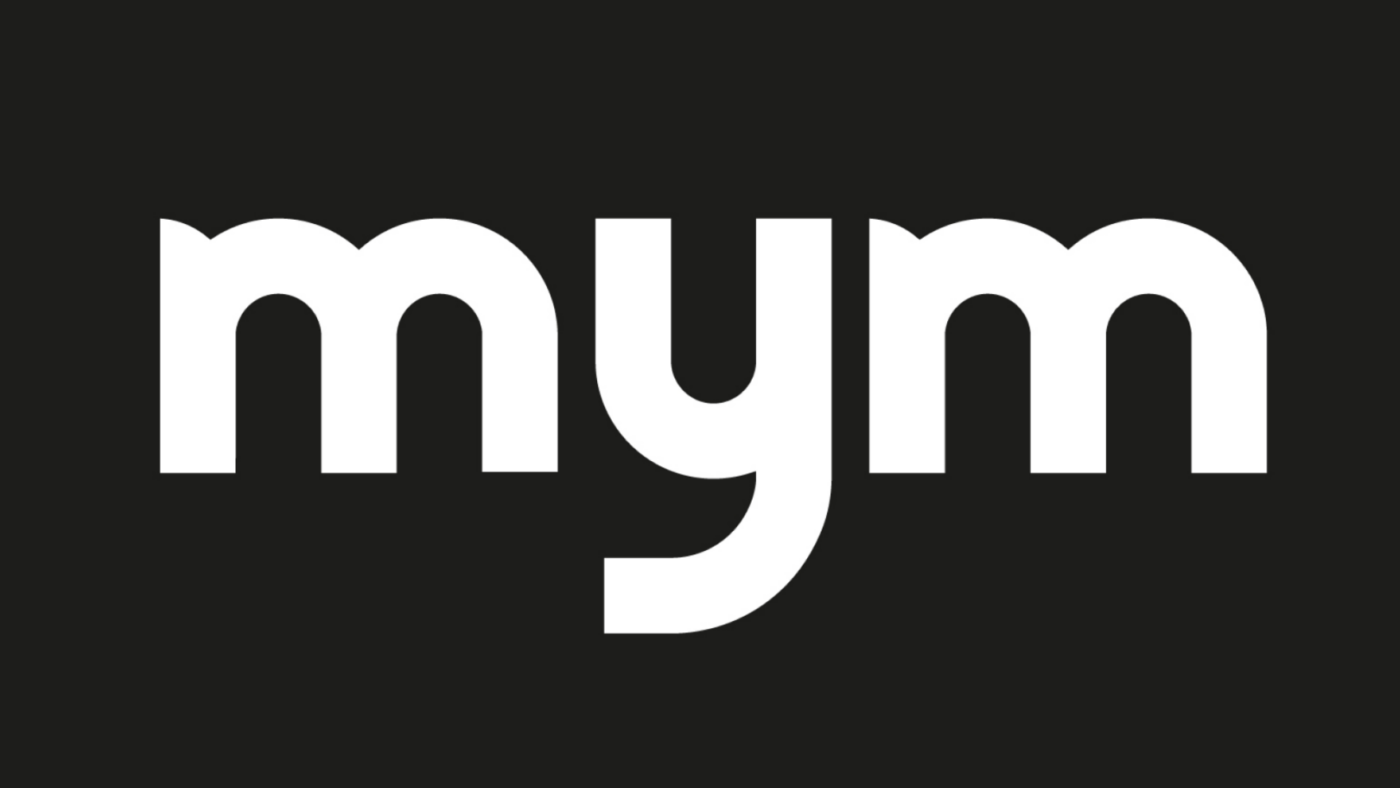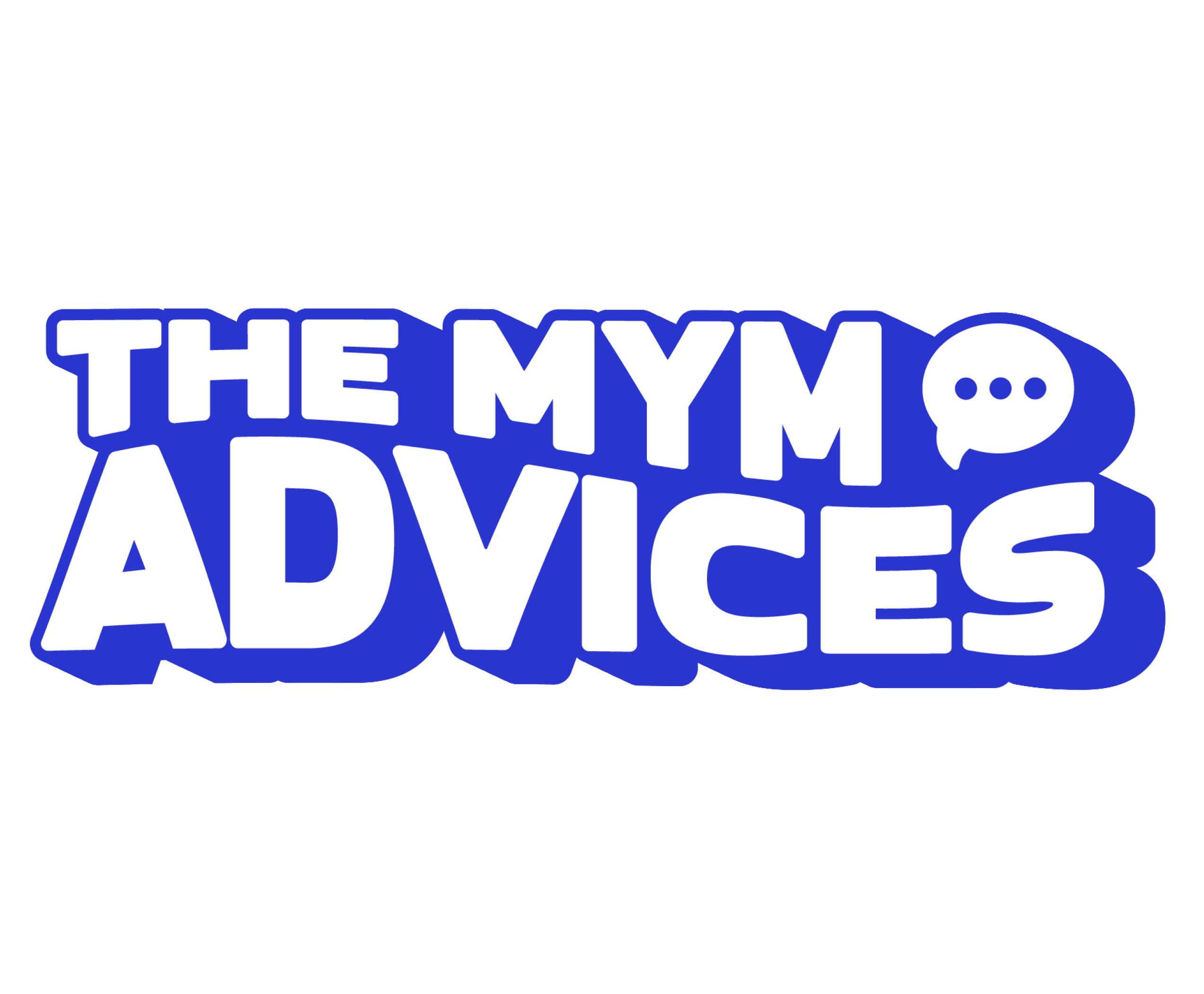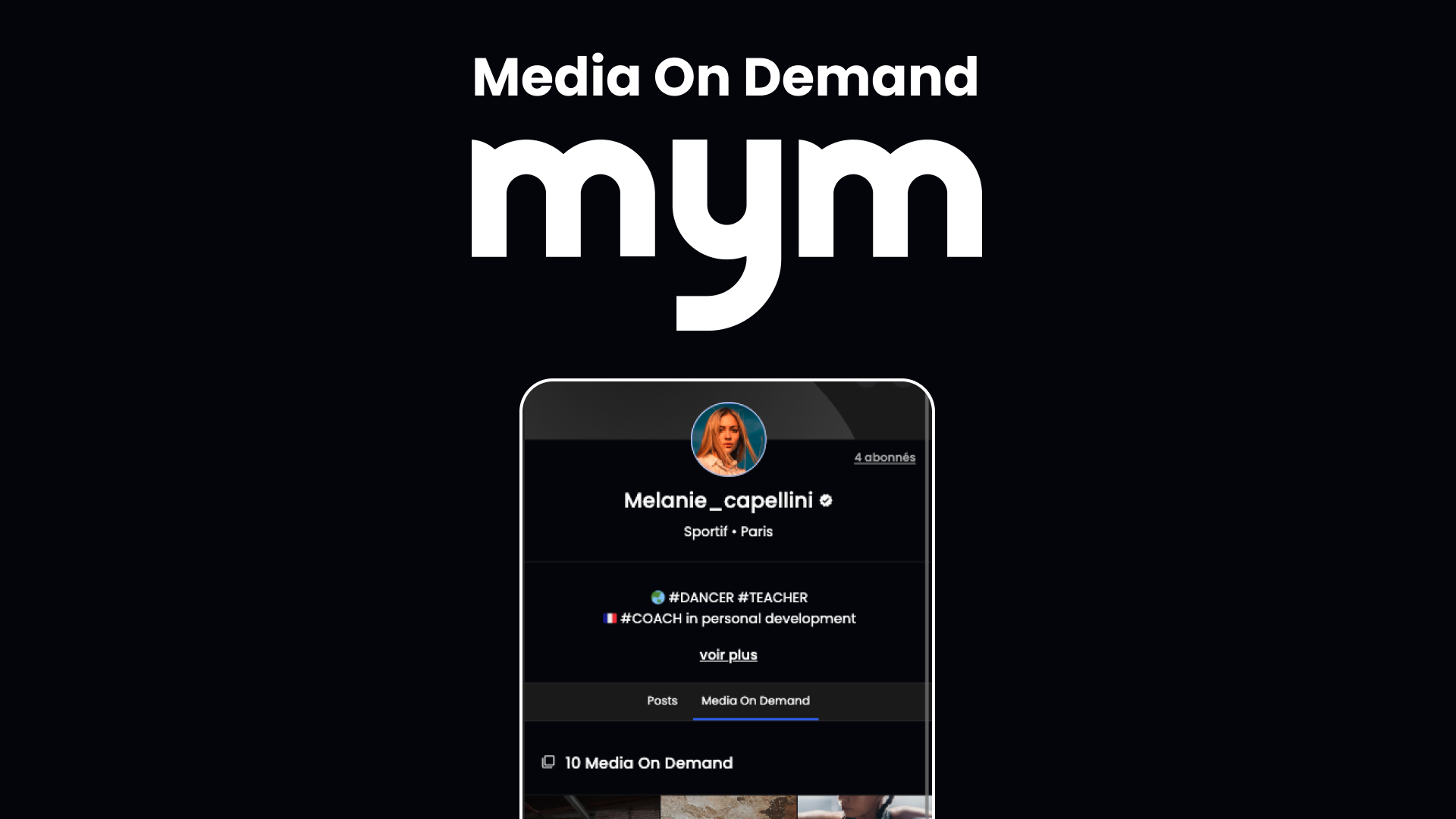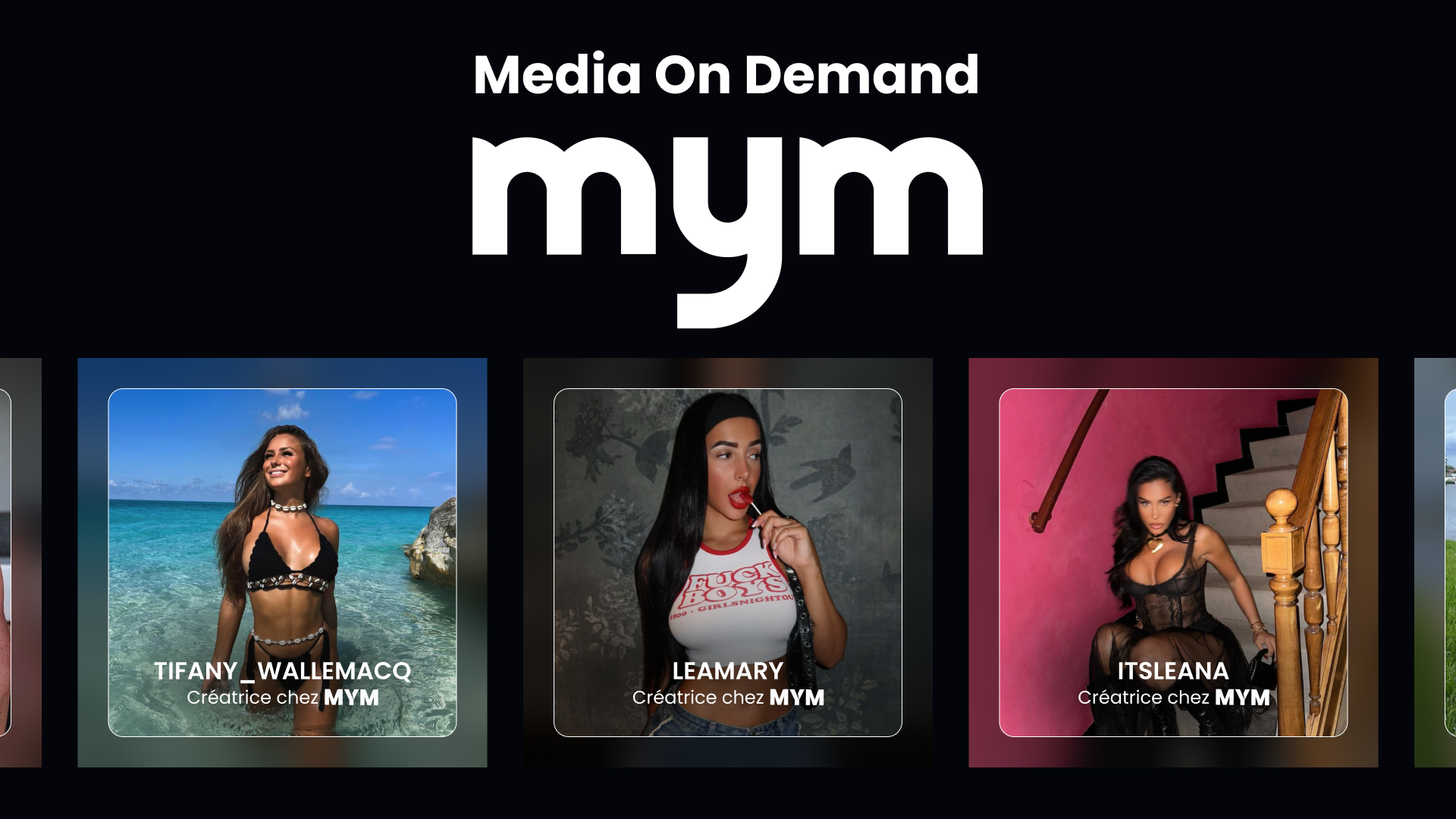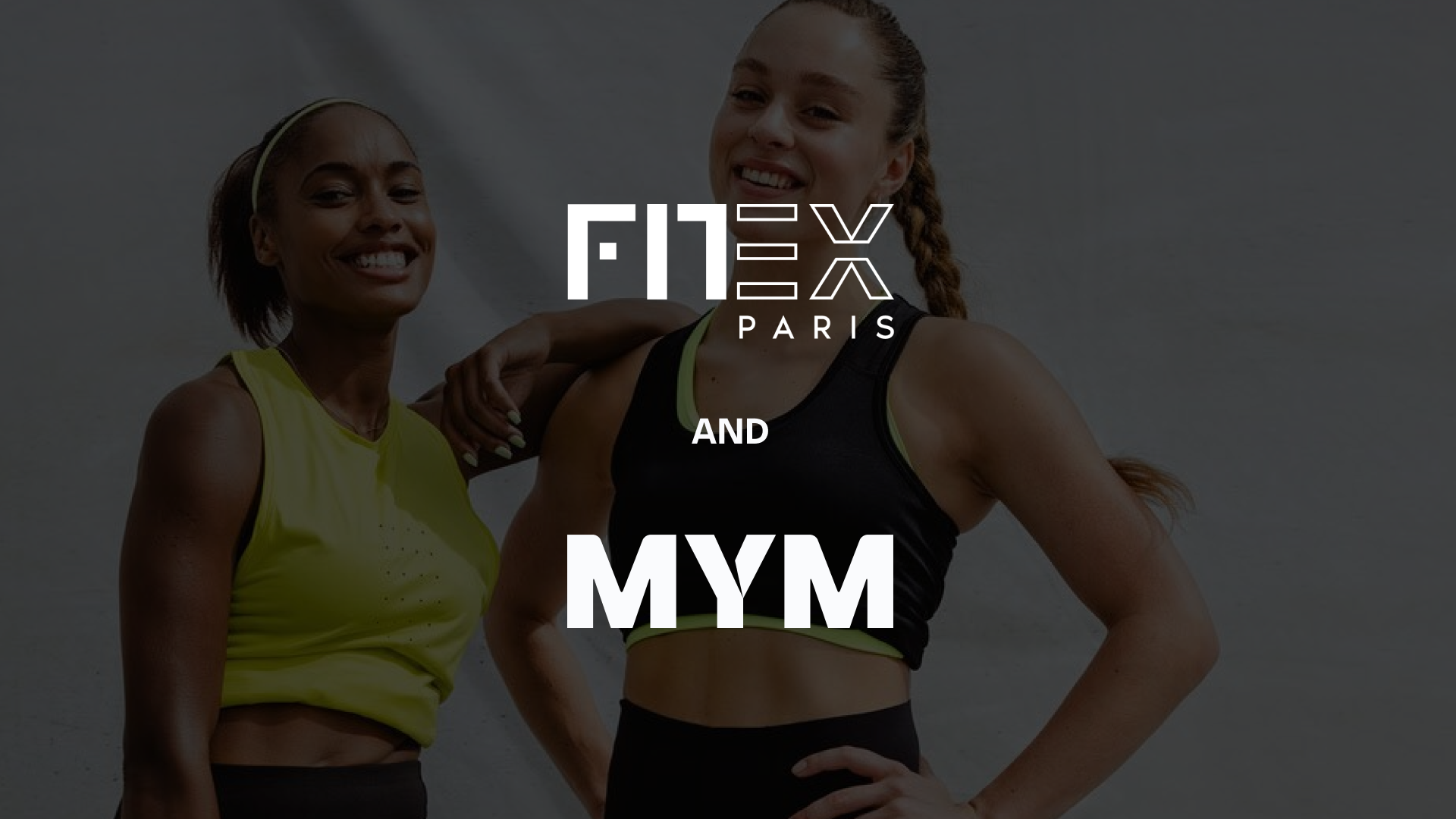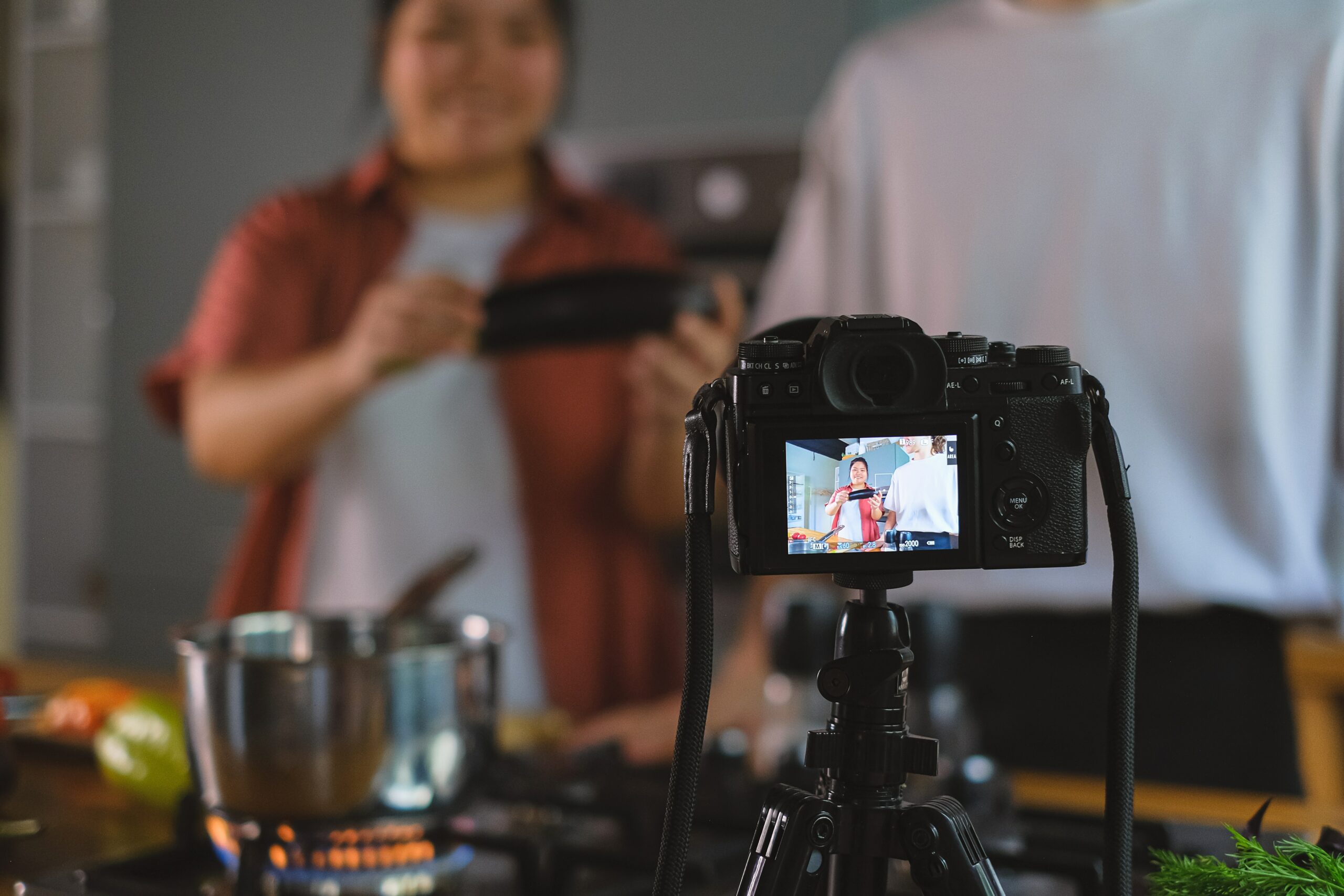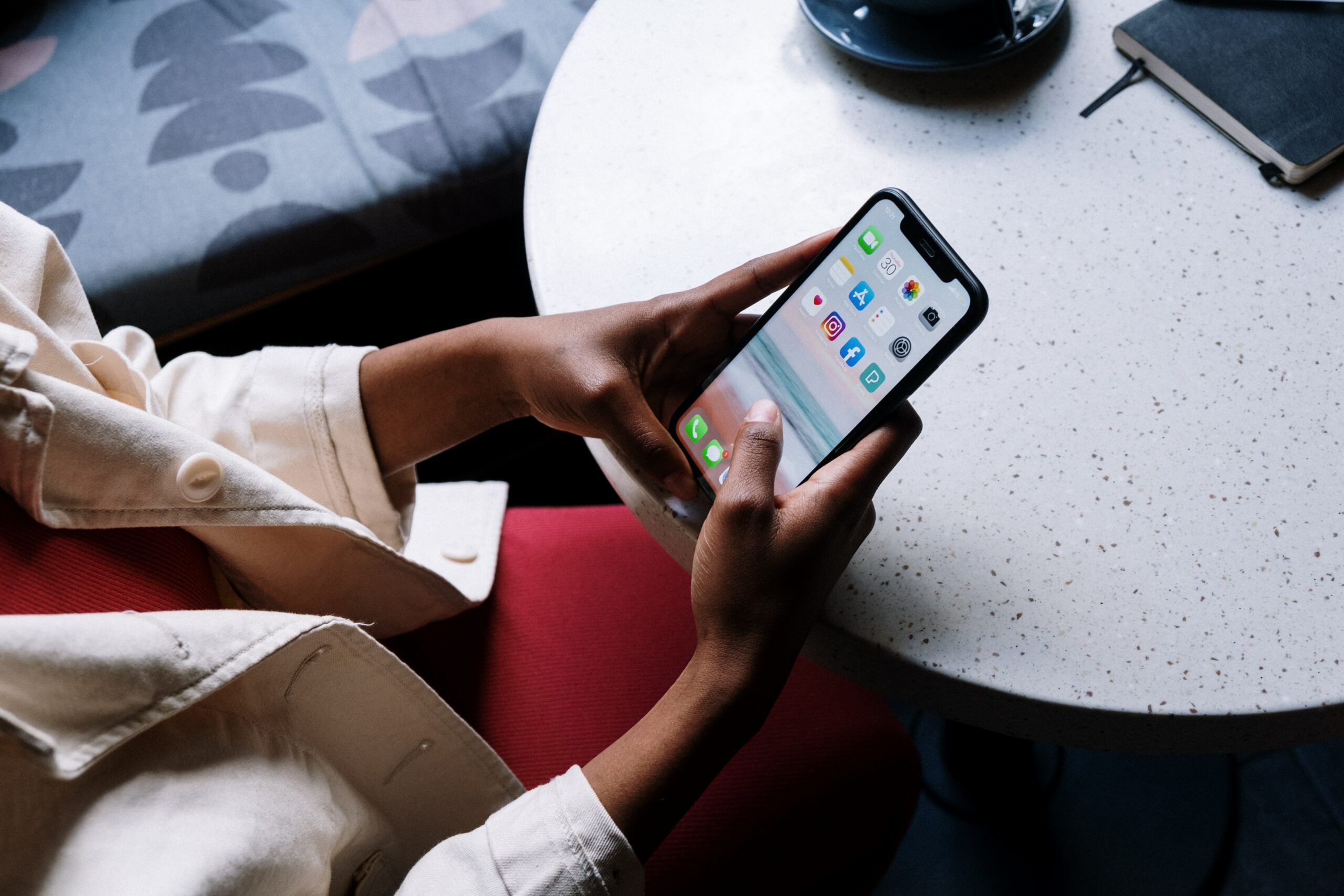![<!-- wp:paragraph -->
<p>MYM continue d’évoluer pour soutenir les talents qui façonnent la Creator Economy. Avec son <strong>dossier de presse 2025</strong>, la plateforme partage ses grandes orientations, ses engagements forts et ses ambitions pour l’avenir.</p>
<!-- /wp:paragraph -->
<!-- wp:paragraph -->
<p>Tu es créateur de contenus ou simplement curieux d’en savoir plus sur la vision de MYM ? Voici ce qu’il faut retenir 👇</p>
<!-- /wp:paragraph -->
<!-- wp:separator -->
<hr class=]()
Un modèle de monétisation pensé pour les créateurs
Sur MYM, pas de pubs, pas d’algorithmes flous. La plateforme repose sur un système simple et efficace :
✔️ Un abonnement premium qui donne accès à du contenu exclusif
✔️ Une rémunération directe des créateurs, sans intermédiaire
✔️ Une stabilité financière renforcée grâce à un lien de confiance avec la communauté
💡 Résultat : tu es libre de créer à ton rythme, en étant rémunéré(e) à ta juste valeur.
Sécurité, transparence, et confiance
MYM renforce encore son cadre sécurisant, pour toi comme pour tes abonnés. En 2025, la plateforme met l’accent sur :
🔐 La certification obligatoire des créateurs qui monétisent leurs contenus
🧠 Une modération hybride, alliant IA et équipes humaines formées
🎂 La vérification d’âge stricte pour l’accès aux contenus réservés
🤝 Des partenariats institutionnels pour garantir la conformité et la fiabilité
👉 Objectif : te permettre de créer dans un espace sûr, sans crainte pour tes contenus ou ta communauté.
Une ambition internationale affirmée
MYM part à la conquête de nouveaux marchés !
En 2025, la plateforme s’ouvre à l’Europe avec une stratégie d’expansion internationale. L’idée ? Offrir son modèle à une nouvelle génération de créateurs et adapter l’expérience MYM à chaque pays.
📌 De nouveaux outils, une approche localisée, et des équipes renforcées sur le terrain accompagnent ce déploiement.
L’innovation comme moteur
MYM ne s’arrête pas là : 2025 sera aussi marquée par l’arrivée de nouvelles fonctionnalités pour améliorer l’expérience des créateurs :
✨ Plus de personnalisation
✨ Des opportunités de monétisation optimisées
✨ Une interface toujours plus intuitive
💡 L’objectif ? T’accompagner au quotidien dans la transformation de ta passion en métier.
MYM 2025, en résumé :
✔️ Une plateforme 100 % orientée créateurs
✔️ Un modèle économique clair et équitable
✔️ Un cadre sécurisé, certifié et modéré
✔️ Une expansion européenne en marche
✔️ Des innovations concrètes pour booster ton activité
